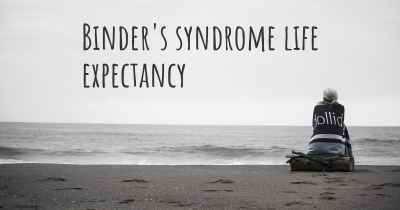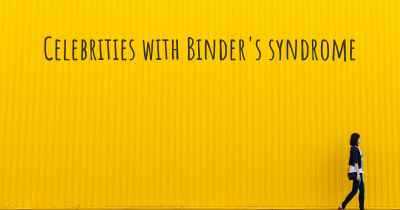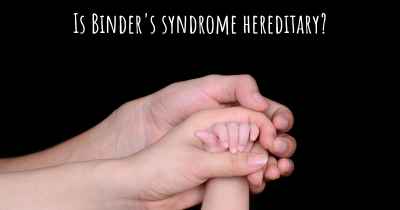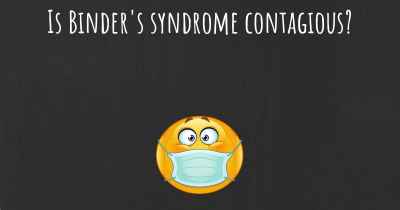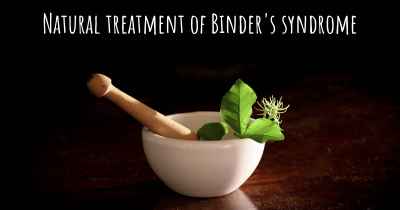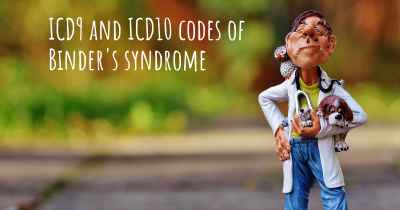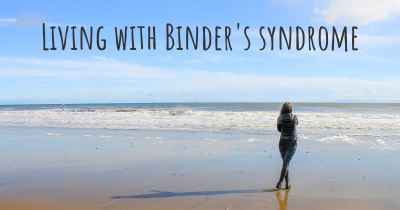Is it advisable to do exercise when affected by Binder's syndrome? Which activities would you suggest and how intense should they be?
See if it is advisable for people with Binder's syndrome to practice sports and which ones are the most recommended if you have Binder's syndrome
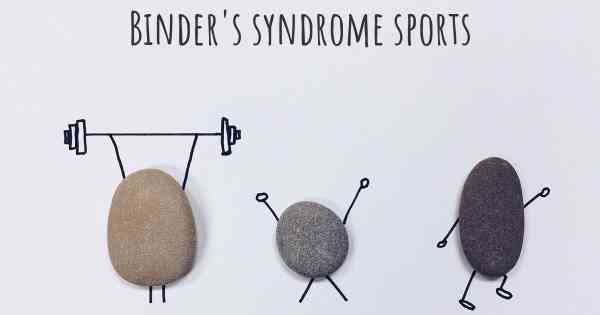
Binder's syndrome, also known as congenital maxillonasal dysplasia, is a rare condition characterized by underdevelopment or absence of the nasal bones and cartilage. It can cause various functional and aesthetic issues, including difficulty breathing, speech problems, and facial asymmetry. While exercise is generally beneficial for overall health, it is important to approach it cautiously when affected by Binder's syndrome.
Consulting with a healthcare professional is crucial before starting any exercise regimen, as they can provide personalized advice based on your specific condition and needs. They will consider factors such as the severity of your Binder's syndrome, any associated complications, and your overall health.
That being said, there are certain exercises that can be considered for individuals with Binder's syndrome:
- Cardiovascular exercises: Low-impact activities like walking, swimming, or cycling can help improve cardiovascular fitness without putting excessive strain on the facial structures. These exercises can also aid in maintaining a healthy weight, which is important for overall well-being.
- Posture exercises: Poor posture can exacerbate the symptoms of Binder's syndrome. Engaging in exercises that focus on improving posture, such as yoga or Pilates, can be beneficial. These exercises help strengthen the core muscles, promote proper alignment, and enhance overall body awareness.
- Breathing exercises: Since Binder's syndrome can affect breathing, practicing specific breathing exercises can be helpful. Techniques like diaphragmatic breathing or pursed-lip breathing can improve lung capacity, enhance respiratory muscle strength, and promote relaxation.
- Facial exercises: Some individuals with Binder's syndrome may benefit from specific facial exercises that target the muscles around the nose and mouth. These exercises should be performed under the guidance of a healthcare professional or a trained therapist to ensure they are safe and effective.
Intensity is an important consideration when exercising with Binder's syndrome. It is generally recommended to start with low to moderate intensity exercises and gradually increase as tolerated. Overexertion or high-impact activities may strain the facial structures and potentially worsen the symptoms. Listening to your body and avoiding activities that cause discomfort or pain is crucial.
Remember to warm up before exercising and cool down afterward to prevent injury. It is also important to wear appropriate protective gear, such as helmets when cycling or swimming goggles when swimming, to ensure safety.
In conclusion, while exercise can be beneficial for individuals with Binder's syndrome, it is essential to consult with a healthcare professional before starting any exercise program. They can provide personalized guidance and recommendations based on your specific condition. Focus on low-impact cardiovascular exercises, posture improvement, breathing techniques, and potentially facial exercises under professional supervision. Start with low to moderate intensity and gradually increase as tolerated, while always listening to your body and avoiding activities that cause discomfort or pain.
